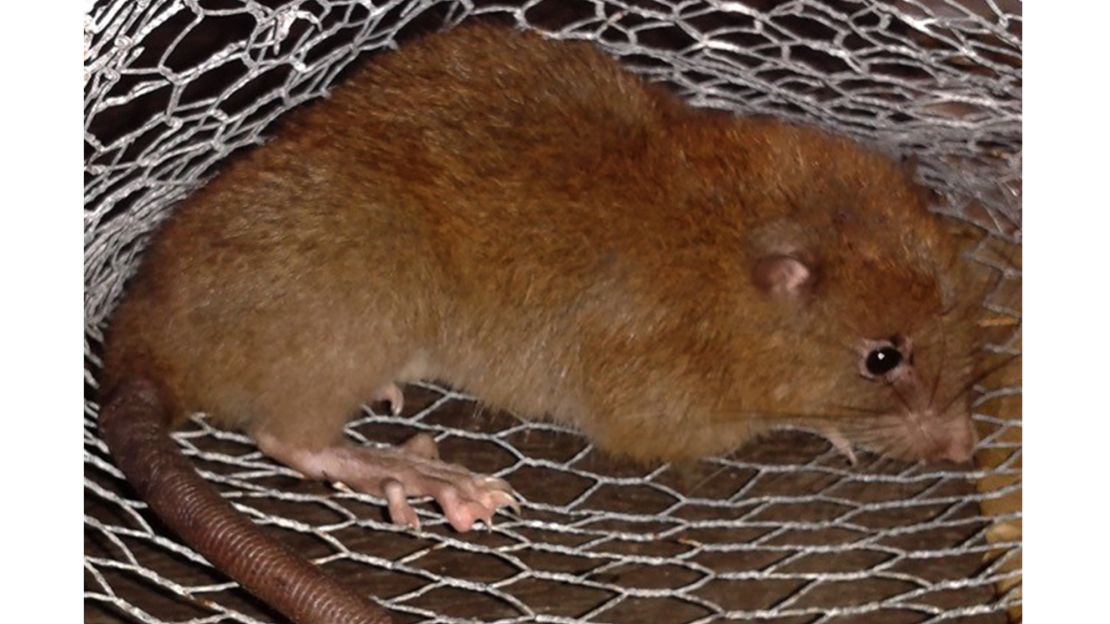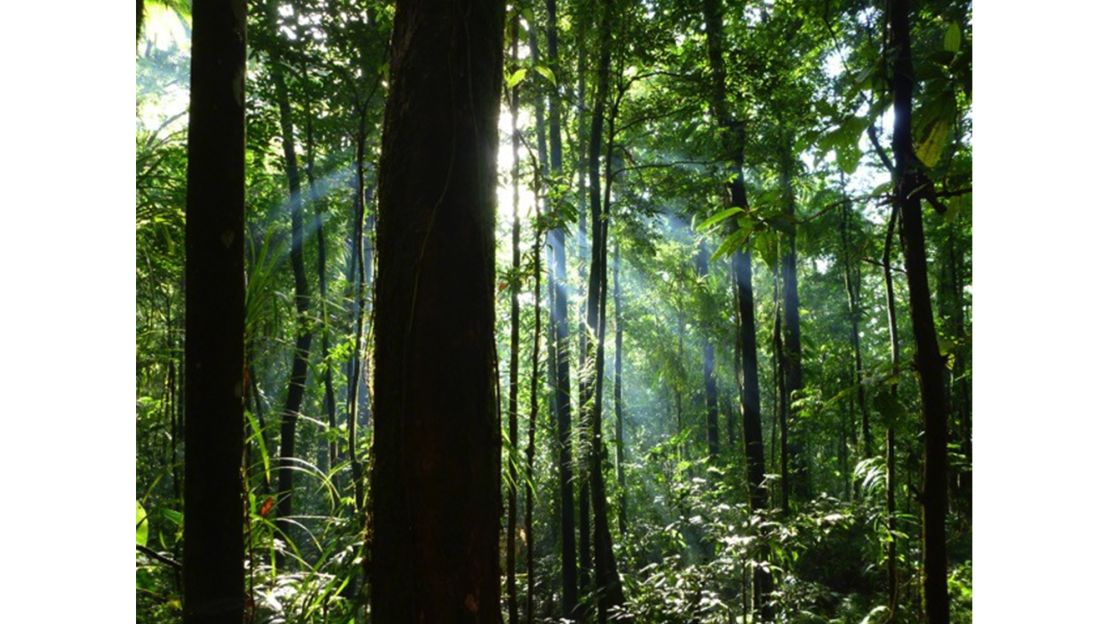Story highlights
A new species of giant tree rat has been found on Vangunu Island, part of the Soloman islands
Researchers were only able to locate one
After years of searching, researchers have confirmed the discovery a new mammal in the Solomon Islands: an endangered giant tree rat known as “vika” by the locals. But they were only able to locate one.
The rare animal looks more like a cute cross between a squirrel and a possum than a large rat. Local rumors describe it as a tree-dwelling creature that can crack coconuts open with its two front teeth.
A new study released in the Journal of Mammology on Wednesday includes details and images of the lone vika that researchers were able to observe on Vangunu Island.
Tyrone Lavery, a post-doctoral researcher at The Field Museum in Chicago and the lead author of the study, first heard rumors about vika during his first visit to Vangunu in 2010 and kept returning to the island, in search of it. The search became a race against time because deforestation was taking away vika’s habitat – the canopy of the island’s rainforest.
Lavery had two little clues along the way. The mention of “vika” in anthropologist Edvard Hviding’s dictionary of the Marovo language, written 20 years ago, and when a team from the Australian Museum in Sydney went looking for the rat in 1992, nuts and coconuts with little holes cut out of them to extract the “meat” could be found on the island.

The rats had also become part of the local culture itself, appearing in songs and children’s rhymes.
“Many of the native rodents found in Solomon Islands are featured in the culture of local people,” Lavery said. “People at Zaira [village on Vangunu Island] have a really detailed knowledge of this species that has been passed down over centuries through the oral history that is very strong in Melanesia.”
But vika remained elusive.
The incredibly tall trees of the forest made the creature almost impossible to find. This required traps placed in the canopy and spotlighting – both difficult in the dense rainforest. And the species itself seemed rare.
An unfortunate accident revealed the creature for the first time in late 2015 to Lavery’s co-author,Hikuna Judge, a wildlife ranger from the Zaira Conservation Area – a conservation area run by the Zaira village.

“It was taken from a tree that was cut down in forests that were being logged by a commercial company,” Lavery said. “It was injured when the tree was cut down and unfortunately died a short time after.”
Judge saw the animal while it was still alive and the research teamknew it was different than the other eight known species of rat that can be found in the Solomon Islands.
Unique biology
The unique features of vika include orange-brown fur, short, round ears, a smooth tail with fine scales and broad back feet that enable it to walk along branches, Lavery said. It weighs just over 2 pounds and measures a foot and half in length. When compared to the average rat you might see in the city – which weighs less than half a pound – it’s no wonder vika is considered a giant rat.

It is closely related to three species of rat on the Guadalcanal Island in the Solomon Islands: the ground-dwelling silvery emperor rat and red Guadalcanal rat, as well as the tree-dwelling silvery king rat. All of these rats have smooth tails with small scales on them.
If these sound odd, it’s to be expected among the animals found in the Solomon Islands. The network of islands about 1,000 miles northwest of Australia are isolated, but rich in species diversity.
‘Goldilocks zone’
The Solomon Islands are in the “Goldilocks zone” – not too close but not too far away from New Guinea, which is quite diverse. It is believed that the ancestors of some of the rare animals that can only be found living in the Solomon Islands, like vika, migrated from the island of New Guinea or Australia by rafting on vegetation.
Once arriving in the Solomon Islands, they evolved into a new species that adapted to the environment.
Researchers still have many questions they want to answer about vika after finding just one of the species, but they are encouraged by the discovery.

“We had been working hard to find this animal,” Lavery said. “Now that we have finally documented it, we hope it will attract additional support for the Zaira conservation area on southern Vangunu. Our best hope to preserve this animal is to support Zaira village. They are a community right next to where this species was found and they are very determined to preserve their forest against logging.
He believes the discovery is important because it has documented an unknown mammal that can now be classified on the IUCN Red List [of Threatened Species] to help work outways to save it, and seek financial support from donor agencies. “It is also important in the context of the Solomon Islands. Prior to this, the Western Province was a big gap where no other species of rat where known to occur, so this helps us to understand how mammals evolved and diversified on these islands,” he said.





